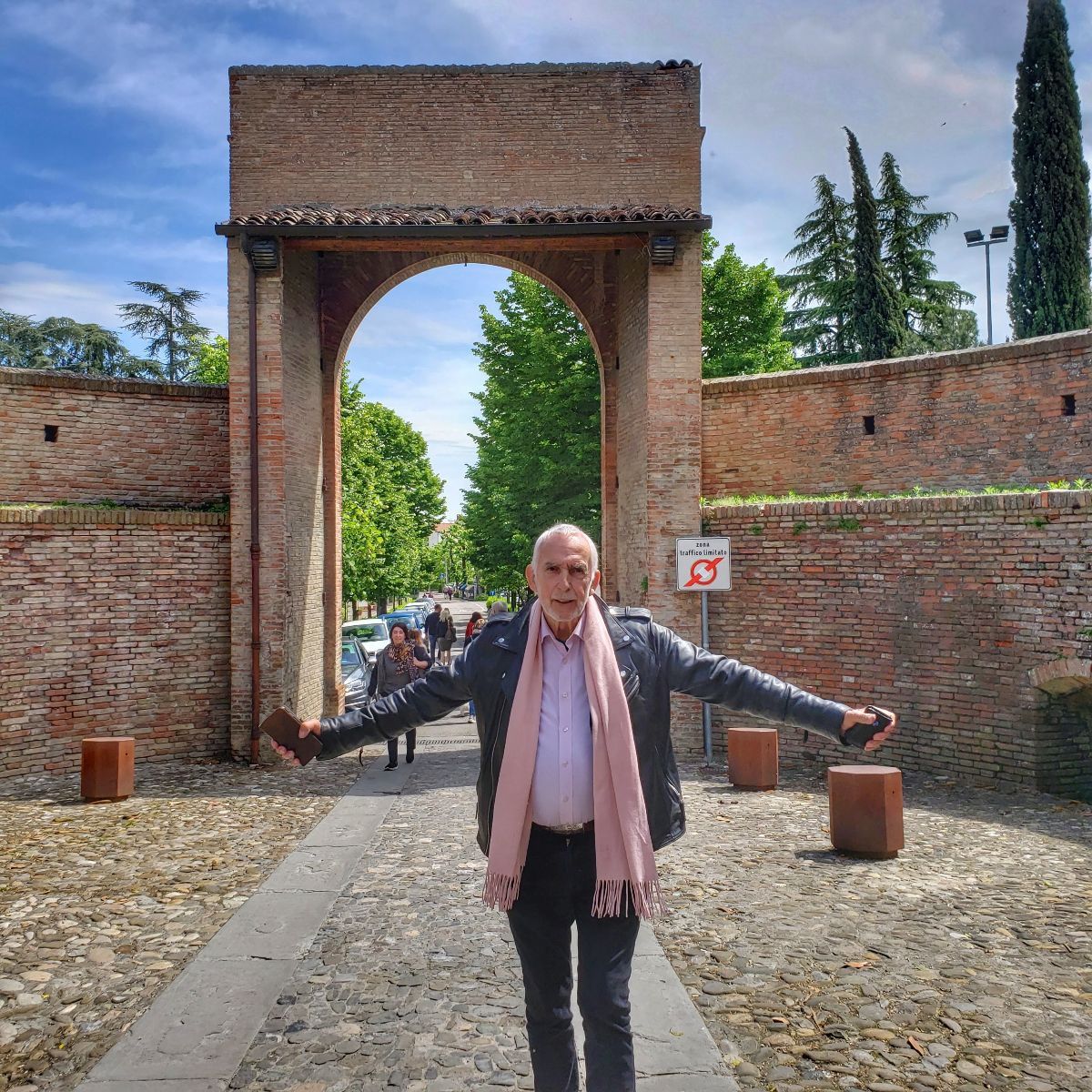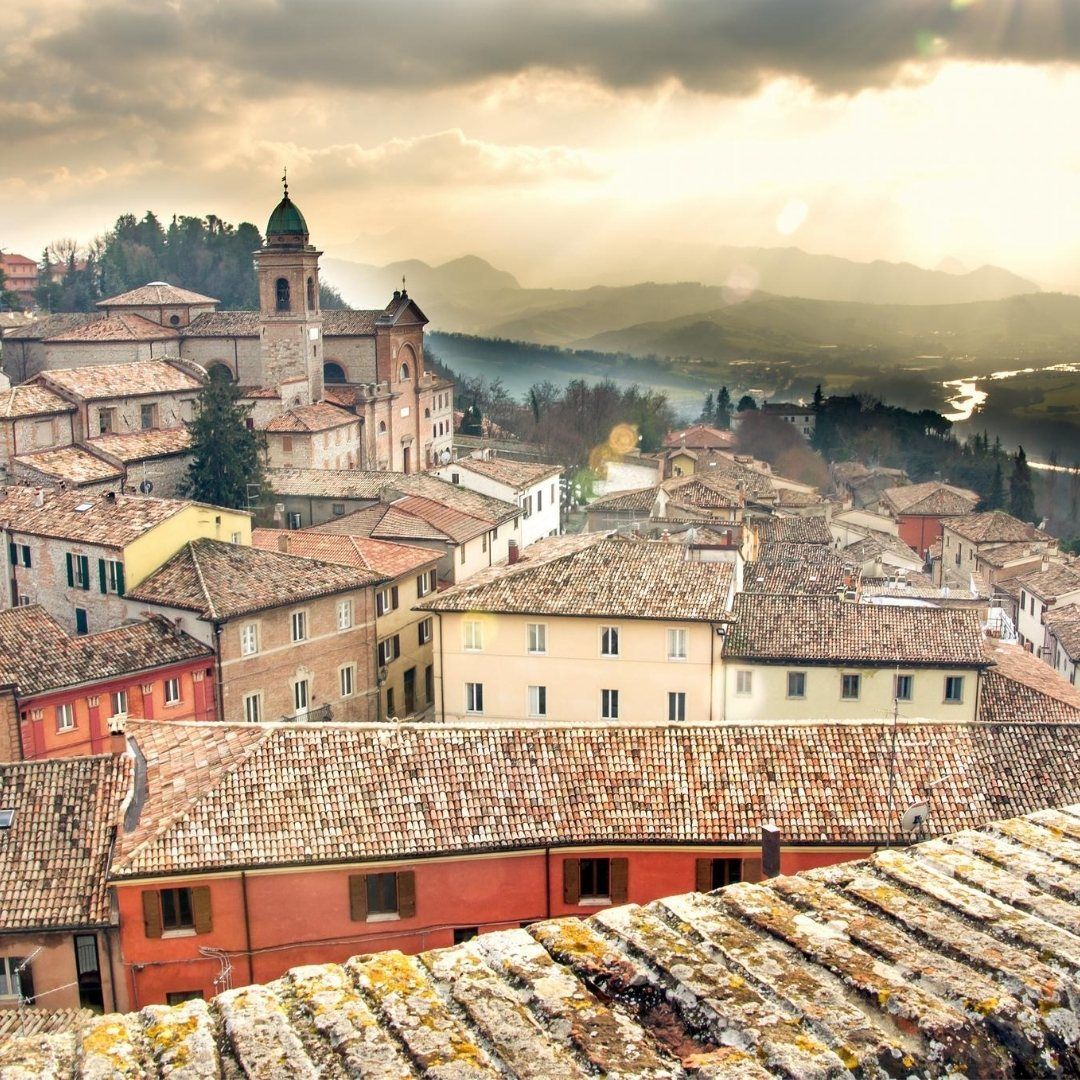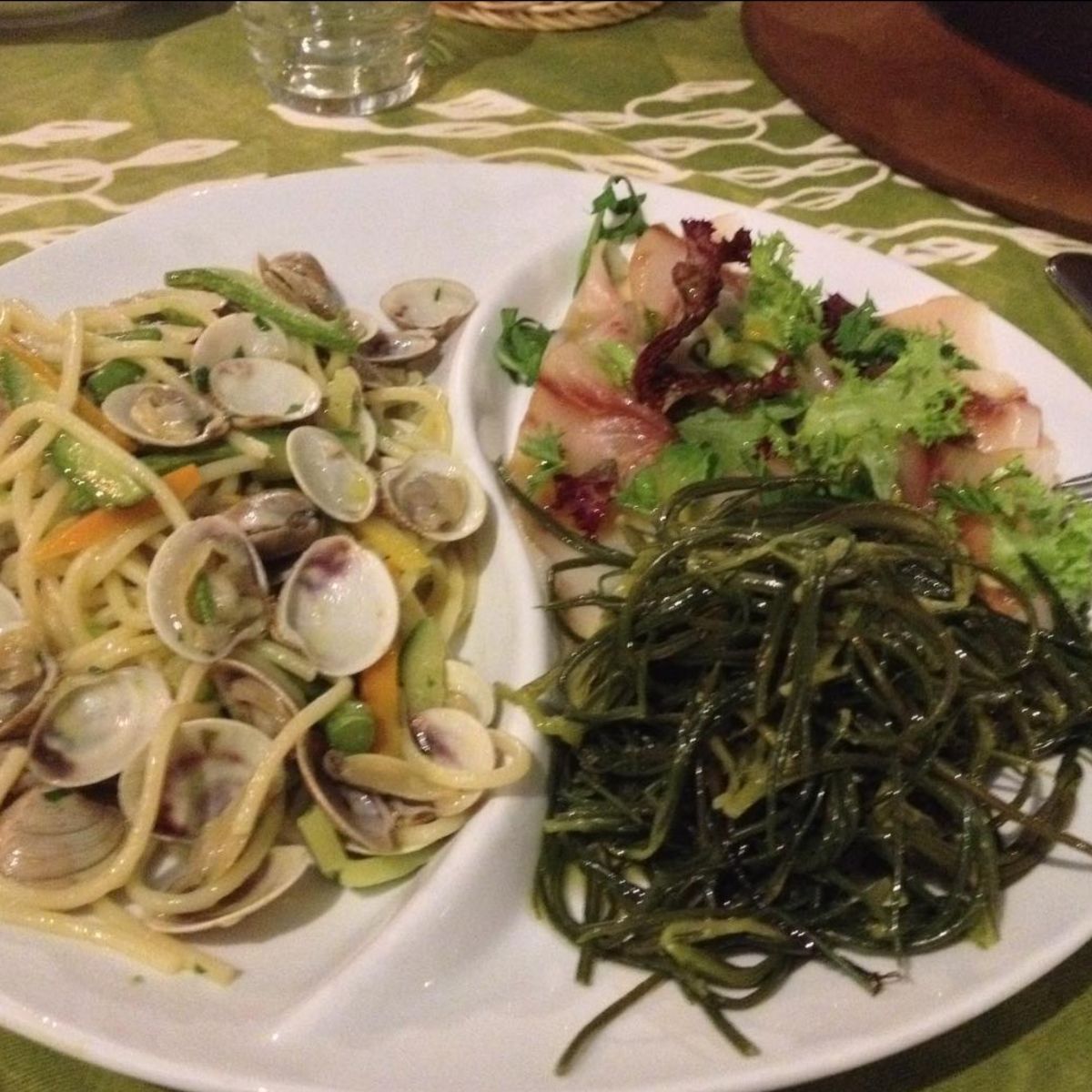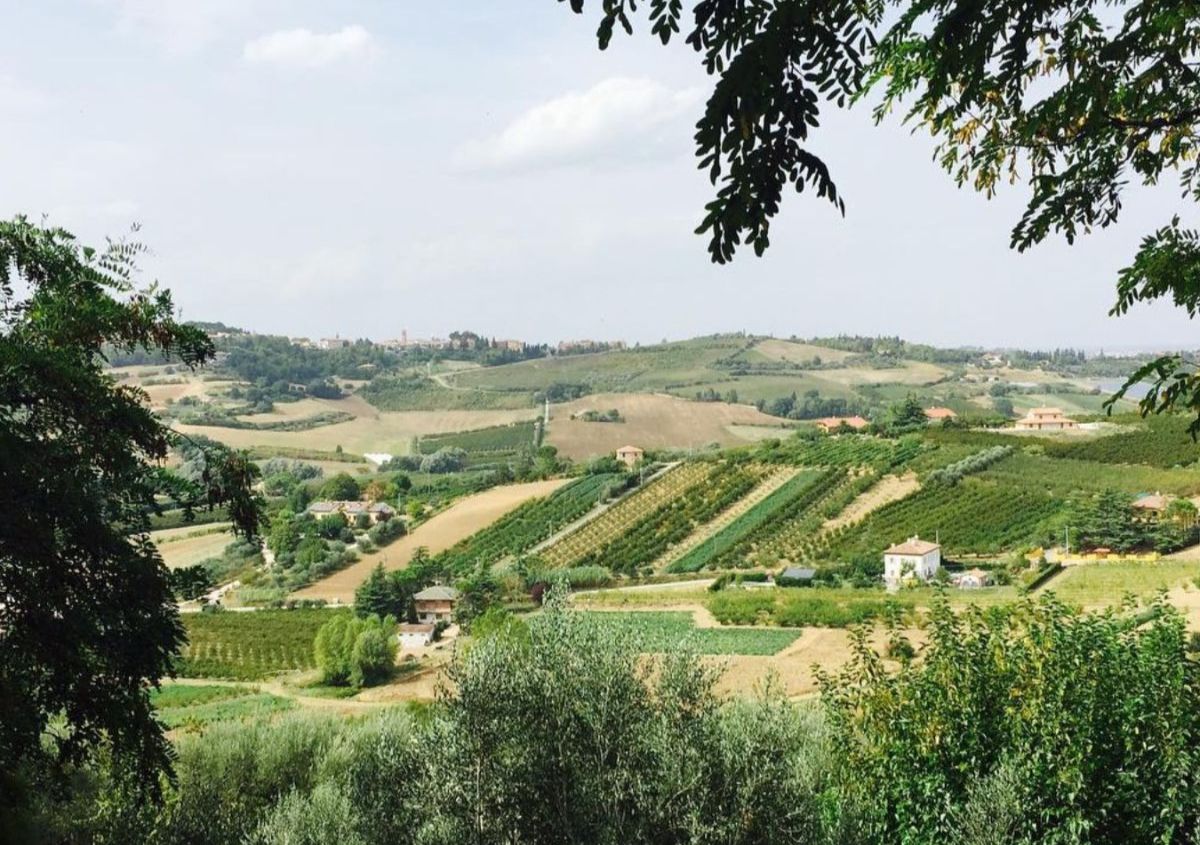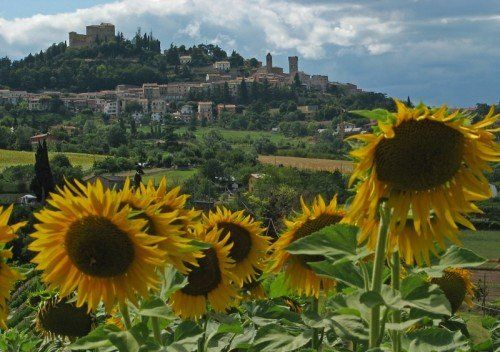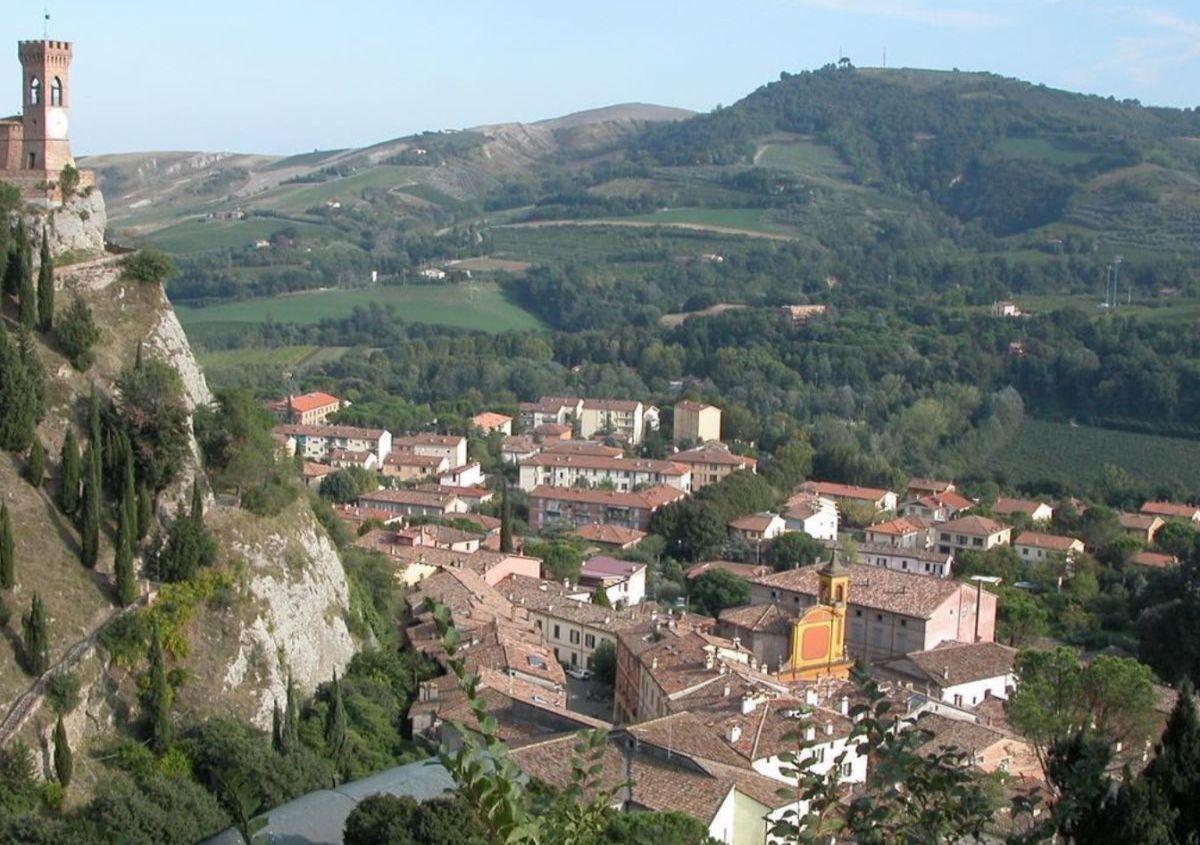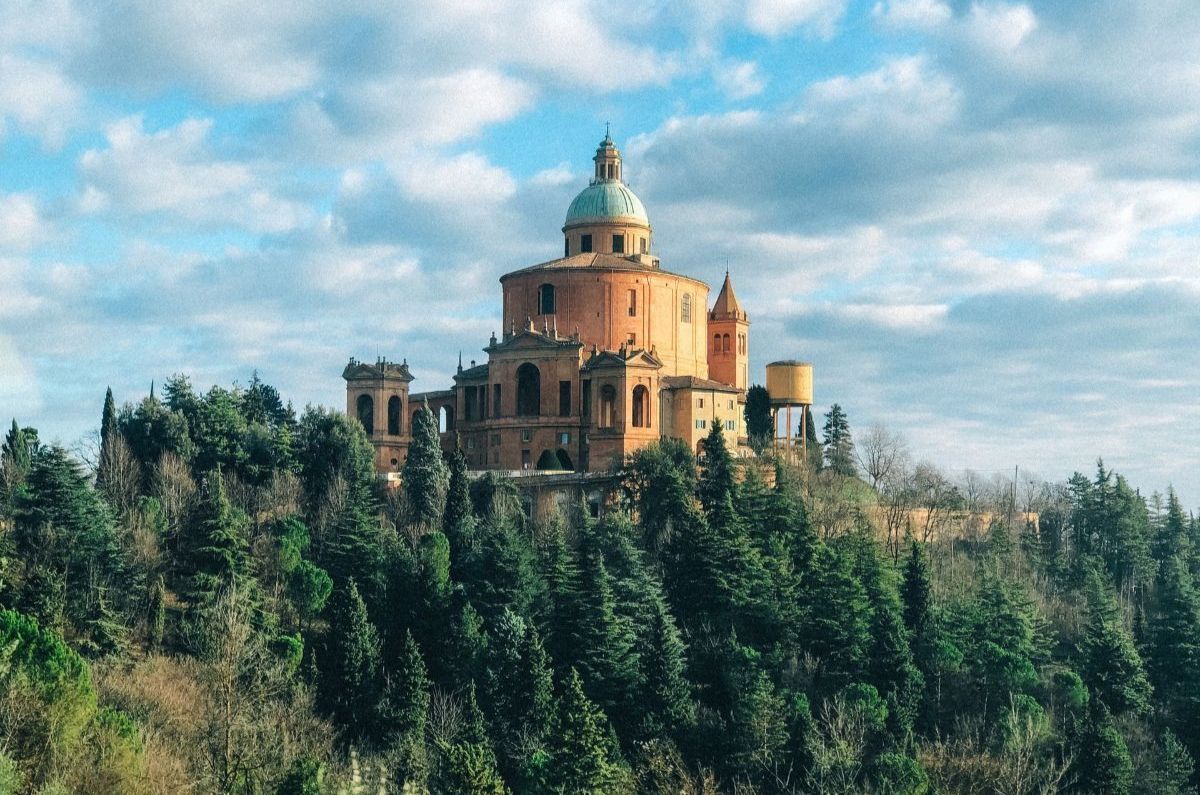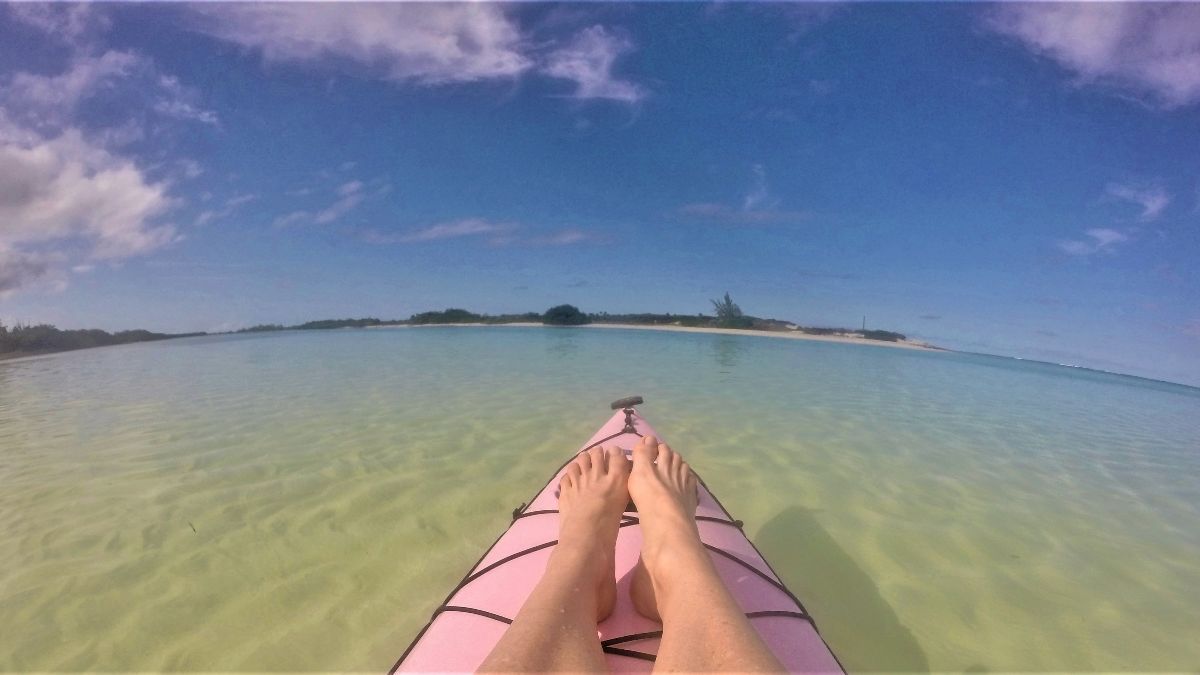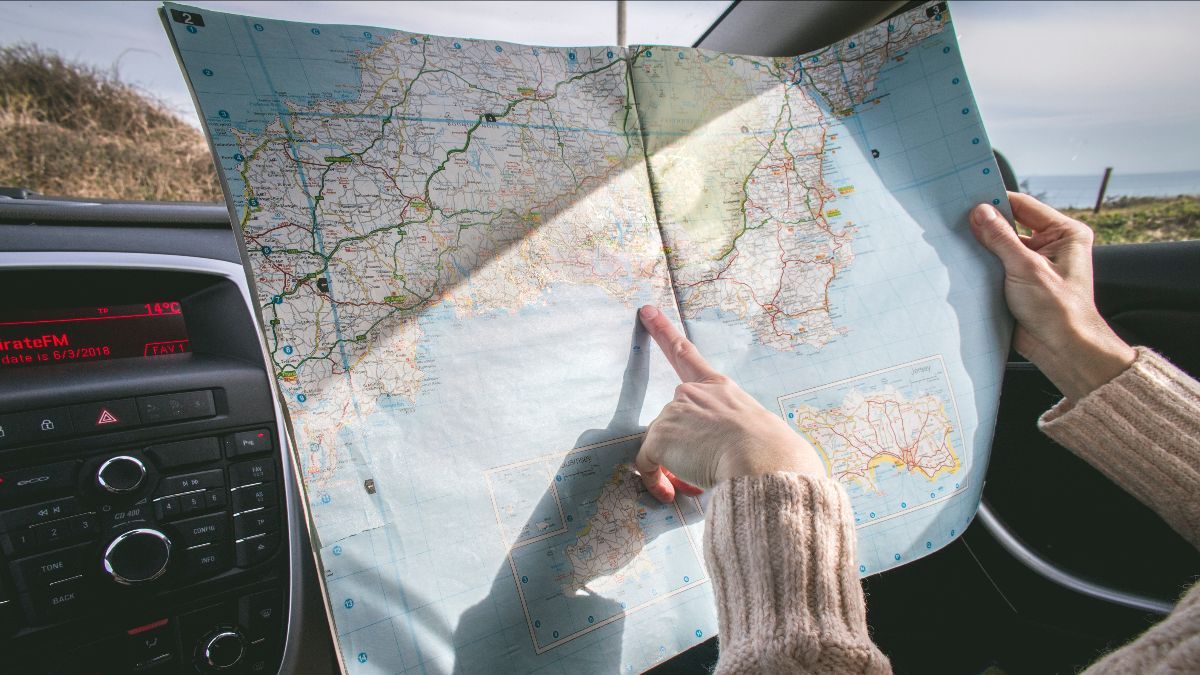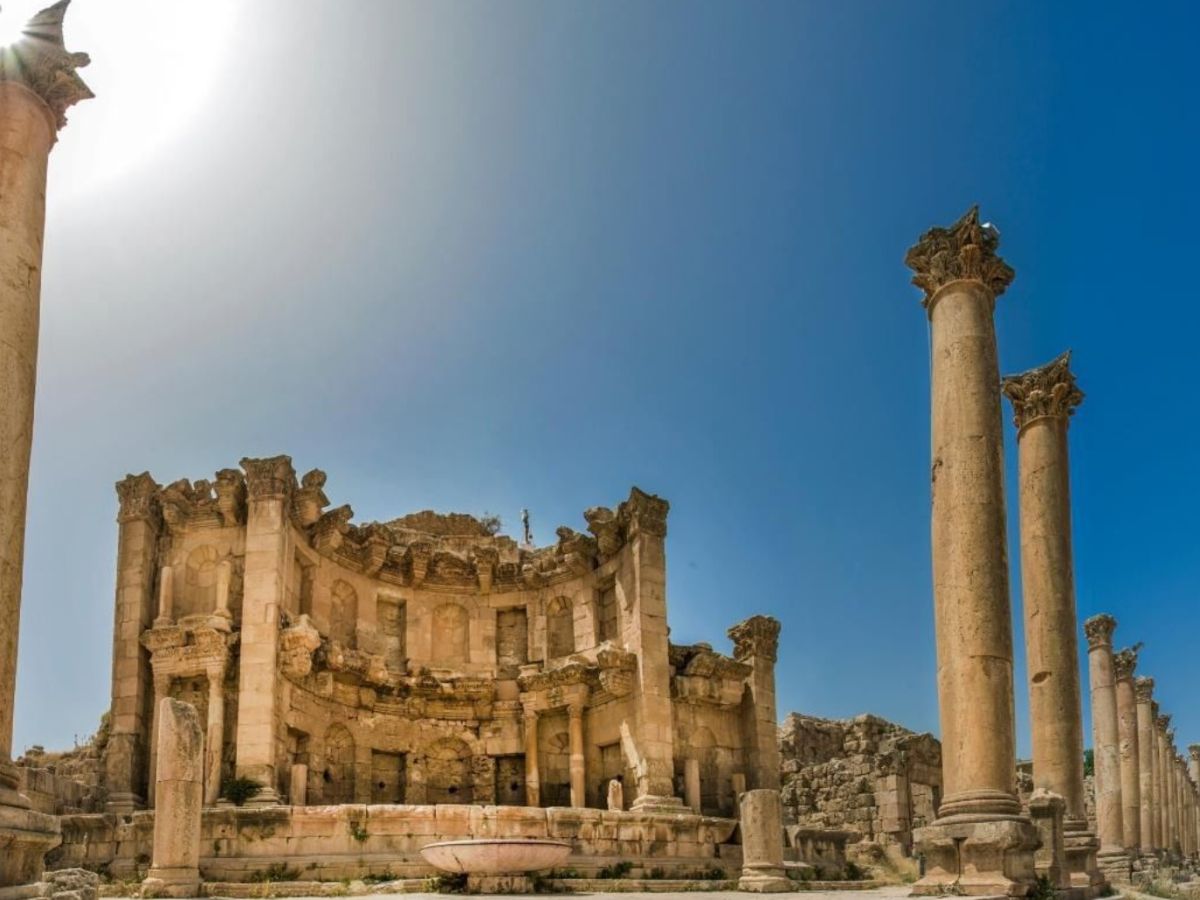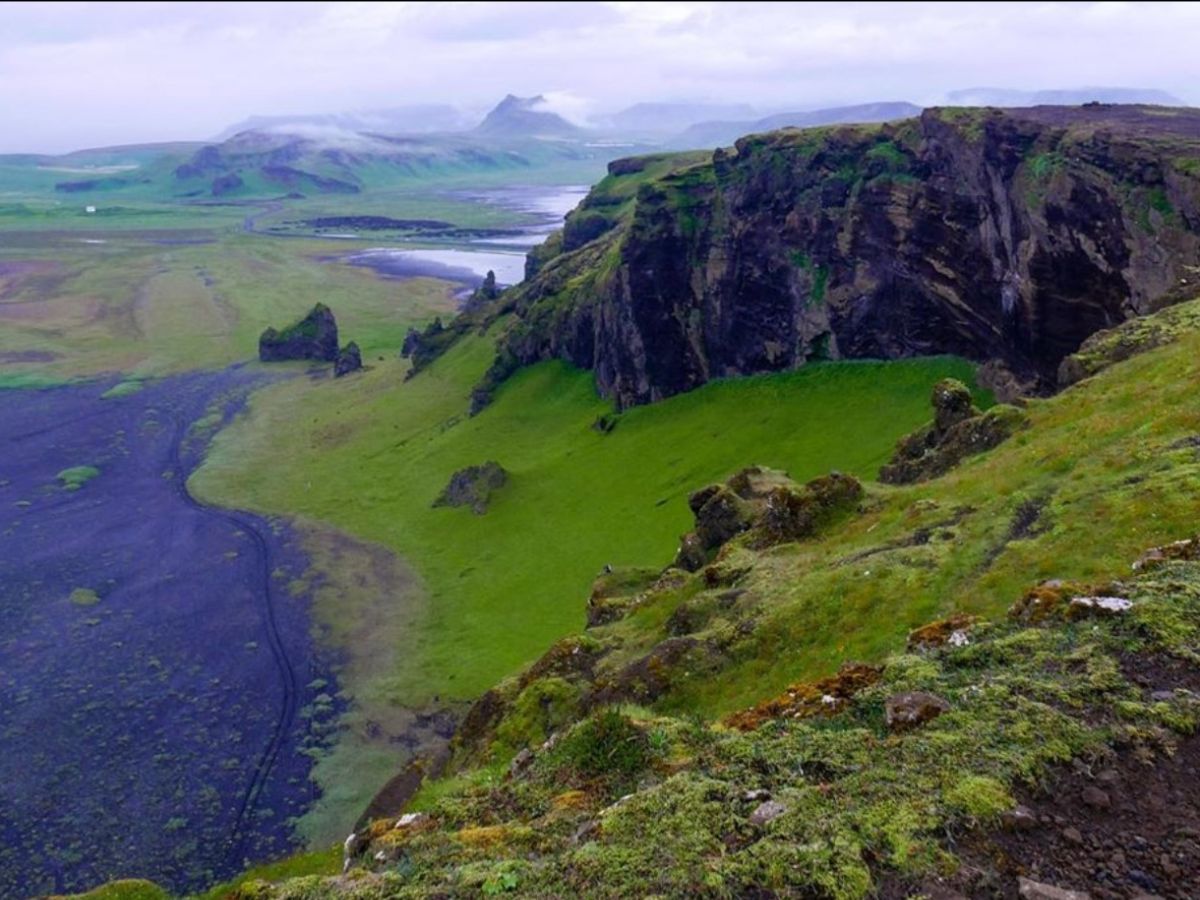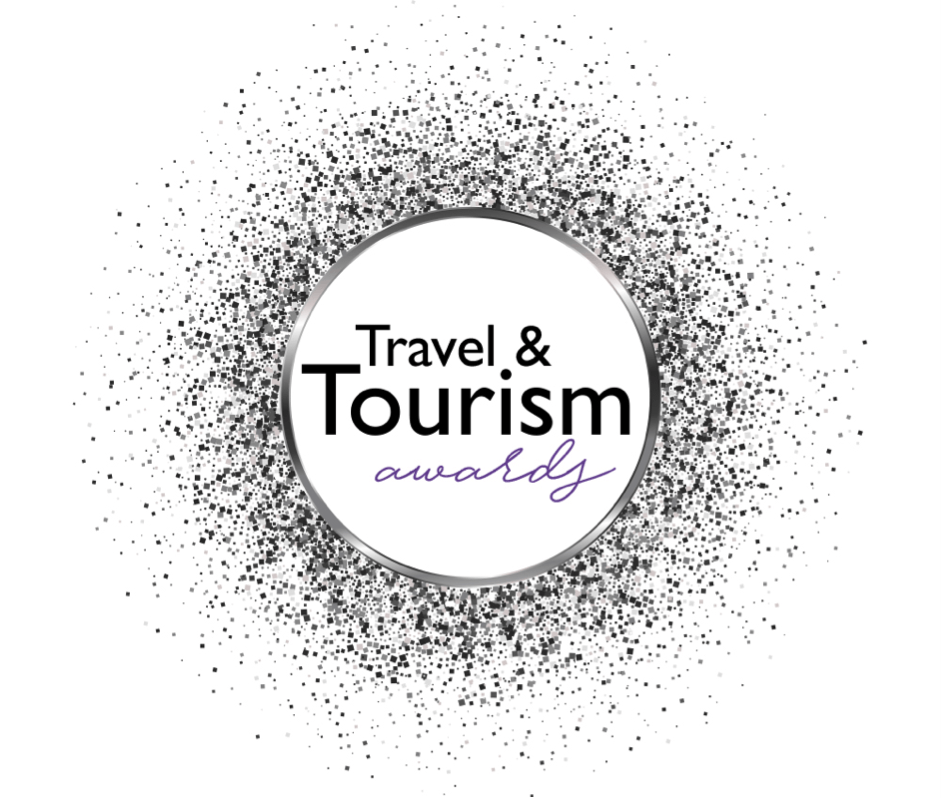August 2020


Featured Trip Of The Month
Valere grew up in the travel industry and has been working, consulting, and writing about travel and sustainability since the 1980's. In 2012, he took a transformative journey to the Emilia-Romagna region and fell so in love with a portion of this popular region that he founded The Best of Romagna, a single destination-focused tour company. We talked with him about the undiscovered appeal of this tiny part of Italy. Valere's colorful experience in the travel industry is documented in his newly released autobiography "You Lucky People".
Q. Can you tell us a bit about Best of Romagna, and what kind of company it is?
A. We’re a very small specialty tour operator. The story is very simple. I used to run a huge operation in Rimini, very mass tourism. During high season, we would have groups of up to 1,000 tourists total per week to Rimini and other European destinations. But then that market slowed down and switched to cheaper destinations like Turkey. This was in the late ‘80’s.
Then, bitten by the sustainability bug, I also started writing about sustainability and sustainable tourism. The Italian Tourism Board invited me and a friend, who was a director of the Association of British Travel Agents, to come and do a quick visit to and write a "green" story about Emilia Romagna. So off we went to Bologna, Ferrara, and Ravenna, the latter where I’d always wanted go, but never got the opportunity as it’s a bit off the beaten path. But once I was there, I thought, wow, this has everything but not really very many tourists. I felt we should do something about that – in a good way. So, I started bringing very small groups, from American travel agencies, like Amy’s, to discover the Best of Romagna. And that’s how the company started.
Q. Well, Americans already love Italy. Why would Romagna need to be promoted as a desirable destination, particularly to Americans? What’s so special about it? And what is your favorite part about promoting this region?
A. Romagna is very, very special. I’m interested in grabbing people’s hearts and souls and their eyes and stomachs, of course, because that is what gets people here in Romagna. People love Italy, but what is Italy? Nothing’s ever the Italy that people have been dreaming of. But when they come to this region, they get something that they never expected to get: the people of Romagna open up their hearts to visitors. The people really really welcome that. You see it in so few places like that, especially in the huge tourism destinations. In Romagna, you do. When someone says they’re thirsty in Italy, they’ll bring you a glass of water. In Romagna, you get a glass of wine. That’s just how they are, it’s not just gratitude or attitude, but they think of themselves like that, which I find almost infuriating because there is no compromise on things as important as hospitality to these people in the region. We don’t use the huge branded hotels when we come here, because there aren't any! When a small group checks in, 5 minutes later they’re all down in the kitchen and the chef and kitchen staff have made all sorts of food as a welcome for them, plus a bottle of wine, that’s just how they are. And every five minutes, they’re bringing out more great food.
Q. I have to ask you about your “Italy was never Italy” comment. What does that mean?
A. So Venice, or Naples, or Florence, or Sicily, they’re all completely different in their attitudes and dialects or languages, cuisine and culture. Italy didn’t become a totally unified nation until 1918. Before then, it was just a group of city-states and monarchies so, in essence, Italy was never really “Italy”. Romagna itself is the region the Roman soldiers – coming back from their conquests in Northern Europe – settled centuries ago. The first or second stop after coming over the Alps was Romagna, the soldiers got land as a pension and settled there, so Romagna is the land of the Romans. The Romans didn’t really like the sea and sailing, they would hire the Greeks and the Egyptians and base thousands of ships in Ravenna. So this region also has Greek and Egyptian influence. Of course, when the commanders returned, they brought with them wives from what is now Germany and France, so that influence is present in Romagna as well.
Q. What’s the difference between Romagna and Emilia-Romagna? And you call this region the true heart of Italy, why is that?
A. Everyone’s heard of Emilia-Romagna, which is two regional states that were grouped together after the war by the government. These regions were linked by an ancient Roman road, that goes from Milan to Bologna, which is Emilia. And the area that continues on from Bologna to Rimini is Romagna. Romagna, by the way, has all the seaside towns, it’s got Rimini, Catolica, Cervia and Cesenatico, all the seaside resorts. And, of course, Emilia has got Parma and Modena. So the National Tourism board decided to market Emilia as the “Arts” cities and Romagna as the “Beaches.” But there are as many arts cities in Romagna as there are in Emilia. Bologna is one, obviously, but Rimini is a well-preserved old Roman city, and Ravenna is extraordinary as far as art is concerned, since it was Rome's imperial capital from the 5th century AD. I’m watching The Borgias on Amazon Prime right now, and the families -- the Borgias and Sforzas, the Estes, the Malatestas, and the Montefeltros -- ensured that Romagna, which is part of the Papal states the Borgias controlled, were -- and still are -- full of amazing art and wealth.
Q. What’s your favorite thing about the region?
A. Food. You got me, just food. I’ll tell you one thing: I’ve been eating pasta all my life, you can’t go into any restaurant in Romagna where the pasta has not been hand-made that morning….by an old lady (laughs). It’s as simple as that. They get the local flour and the eggs and they make it on a wooden board and they roll it out with a rolling pin and cut it with a knife. Every restaurant. In Romagna, pasta never comes out of a package and straight into a pot. Children in Romagna are born into the food culture.
Q. What is your personal favorite town in Romagna?
A. That’s a difficult one! It depends on what you’re interested in: food…wine…history. My personal adopted town is Longiano, it’s in the hills, it’s got a 10th Century castle, a vineyard or two, a lovely main square, a few of the best restaurants in the area, and totally sensational views all the way to the Adriatic. It's a rich city, I mean the region is pretty rich, in the last 20 or 30 years, a lot of people have moved to the country, out of Bologna, so it’s well off, both financially and culturally. So surrounded by wine, history, festivals. The walled town itself is surrounded by cherry orchards, so the tourists come for cherry blossoms, and the annual cherry festivals, there’s also apricots, plums, peaches, and more; you have everything growing there. You can enjoy it pretty much anytime, spring or autumn mainly. Nativity is amazing, there are literally hundreds of nativity scenes all over the town. Historically, the city was very religious, some 17 churches for around a thousand population. And it's still a pilgrimage site.
Q. Do you try to incorporate all of that into itineraries you craft?
A. Yes, of course. Our guests will always spend some time in Longiano. I have a friend who owns a stunningly beautiful, organic, vineyard with amazing views. And it’s bio-dynamic, meaning nothing ever gets on their table that is not local, in season, and responsibly produced. There are top restaurants here, friends own a Michelin-starred restaurant where Italians will drive 200 miles to eat. Plus the castle has a big secret: the best modern art collection in northern Italy, including great Italian artists, plus other European ones, like Degas, Chagall, Leger, Goya and Kokoschka!
Q. What is the most underrated aspect of the entire region (that you wish people would know more about)?
A. It’s still not very “commercial.” There is hospitality, of course, but genuine hospitality. So what really sticks is the authenticity, which is a bit over-used, but the people are genuinely kind. What really impresses people once they’ve been there is the humanity of the people there. Like I was walking with an older, American gentlemen and I’m not sure how, but slipped and fell. So I took him to the drugstore and they patched him up and then I took him back to the hotel. And I thought, well, he’s older, he should really see a doctor. So off we went and I asked the doctor, “Can you have a look at him?” And he said, “of course” and when I went to pay the doctor, he wouldn’t take any money, he said, “no, no, no, he’s your guest.“ That would not happen in very many places. It’s that sort of care for people that is still there.
Q. Who is the ideal traveler for this region?
A. That’s an interesting question; liberal, educated, health-conscious, affluent, somewhat demanding.
But this region welcomes everyone. We even have lactose-free parmesan cheese here, made in Bologna, it’s perfect, they cater to everyone here. And, of course, travelers who appreciate service and value- adds and they use travel agents.
Q. So you work a lot with travel agents?
A. I really, really believe that travel agents like Amy are the only cure for the present travel and tourism disease. They will get travel started again. Priceline, booking.com, Airbnb, they’re commanding over $200 billion in revenue and they’ve taken so much out of the industry without giving very much back. And travel agents find it difficult to compete. People don’t really know how good travel can be unless they’ve worked with an agent, and you don’t realize that very often until you come back. Savvy travelers know what they are and what they can do. They’re such an underrated resource, and I wouldn’t dream of selling any other way. I’m not interested in working with consumers directly, they need to come through a travel agent, and not just any travel agency, there’s no point, and it’s not just some principled thing either. Agents need to have been there, to be fully invested, giving their time and energy. We show them the best and they’re going to have free reign to bring people there. It’s important.
Q. What kind of trends do you see coming on the horizon for this region that hotels, restaurants, etc. need to step up to meet?
A. I’ve been promoting the experience economy for some time now and it is becoming a very big thing…and I do believe that the single destination company will be the one to provide the better experience for people. As bigger companies begin to process tourism and make it into a homogenous thing, essentially you lose what is unique about the destination and the experience. There aren’t many specific destination tour operators these days but that’s how it should be. People should value their holidays more than they do, and the only people that will give them the information that will make their holiday work for them is somebody that specializes in the destination that they’re going to.
Q. What do you see hotels, restaurants, museums, cars & drivers and guides doing about COVID-19 to put travelers at their ease when they can finally visit?
A. That’s why travel agents come to us, to put travelers at their ease, and that’s how it should be. We’ve been selling Romagna as an ideal post-COVID destination because there’s not a lot of people there, because the food is healthy and properly sourced and properly made. There’s plenty of space and so they didn’t do badly when the major cities in Italy were completely locked down.
I believe the region is very healthy, it’s the lifestyle there: the air is healthy, the food is healthy, the wine is healthy…the people there are healthy. And it’s not jam-packed with drunken people. That’s a big plus. Drunken people lose their sense of social distancing. It’s safe, there’s space, it's rich in history and art, and the food is unbelievably good. And, it will change peoples’ attitudes about travel. Romagna is full of legends and myths; Ravenna, for instance, pretty much every modern thinker was there, from Freud and Jung, to the free thinkers of the 60’s. J.R.R. Tolkien based one or two of his Hobbit towns on Ravenna. It’s almost like the Italian version of Glastonbury.
That first trip was an incredible journey for me. I didn’t go there to start a company eight years ago. In my many years of travel, I’d been just about everywhere and was always searching for that perfect destination. I found it in Romagna.
Where In The World Is This Planet Hopper?



